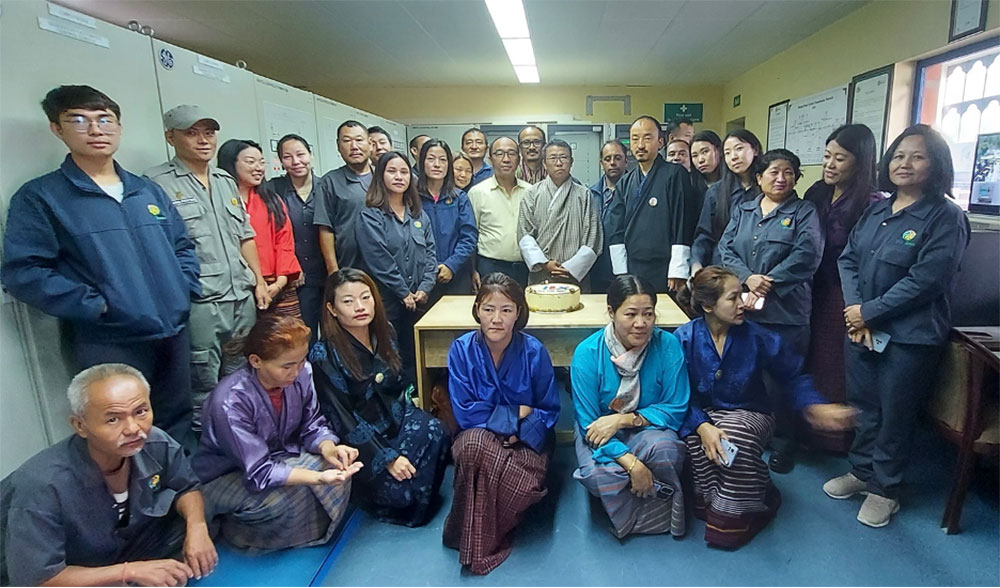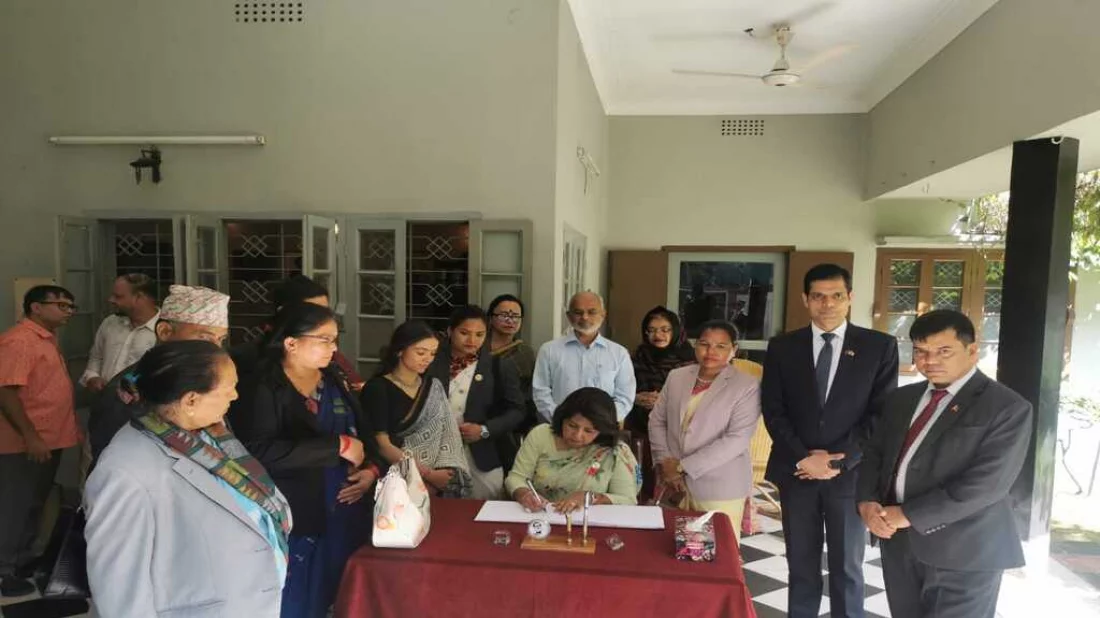
Basochhu hydropower plant started exporting its surplus power to the Indian Energy Exchanges (IEX) at Nu 10 per unit after a successful bid yesterday. It earned an estimated Nu 14 million on the first day.
The generation is expected to fall and the tariffs in IEX are likely to drop fast with summer ending and demand decreasing.
The export will continue until May 2024. However, from December 2023 to April 2024, there will be no export from Basochhu as Bhutan will have a deficit and will actually be importing from the IEX.
The exchange operates similarly to a stock market for electricity, with both buyers and sellers.
The Market Clearing Price (MCP) is determined for the day ahead in 15-minute blocks based on prices bid into the market. As a result, tariffs could defer for every 15-minute block based on real-time supply and demand situations in the energy market. There is a market-clearing price cap of INR 10 per unit.
Most of the larger power plants in Bhutan are tied to long-term power purchase agreements (PPAs) and cannot be transacted through the IEX. However, power plants with no long-term PPA commitment such as Basochhu can transact its electricity through the IEX.
Since Bhutan has started purchasing power from the IEX, Bhutan had requested the government of India to allow Basochhu power to be sold into the IEX as a test case for future transactions in the IEX. Based on this, Bhutan has agreed to come under India’s Deviation Settlement Mechanism starting 2024.
The official from Druk Green Power Corporation (DGPC) said that it is a momentous day for electricity trade between Bhutan and India with another door opening for the sale of Bhutan’s surplus power.
The official from Basochhu hydropower plant said that while the approval to trade Basochhu power on the IEX was received a couple of months ago, it took some time to sort out the required systems and procedures for energy accounting and reconciliations at the Bhutan-India border point for Basochhu power.
The official from the Basochhu hydropower plant said that the losses in the transmission system need to be accounted for upon delivery at the Bhutan-India border.
“When the power plant is generating at full capacity, the delivery at the border point could reach a high of 1.5 million units,” the official said.
However, officials mentioned that the export has started at the end of the summer months and the generation will decrease over the coming months. “The volume of energy to be exported during the remaining part of October and November will depend largely on river inflows at Basochhu.”
The official from DGPC said that the export time is limited, and they are hopeful for additional revenues as long as the IEX-cleared prices remain above the export tariffs.
The officials said that Indian energy markets are ever-evolving and the opportunity to buy from and sell into the IEX is an excellent opportunity for bilateral and regional energy trade.
Bhutan will continue to be a buyer from the IEX during the lean winter months and Bhutan is now a seller in the IEX till Bhutan starts to import power from India.
During the 2023-2024 winter months, the import of energy is expected to reach a maximum of 850 MW with import duration stretching to five months.
“Even with the 118MW Nikachhu project coming online at the end of December 2023 and the 1,020 MW Punatsangchhu-II project coming online during 2024, the gap between domestic demand and generation will widen at the present project demand growth trajectory,” the official said.












